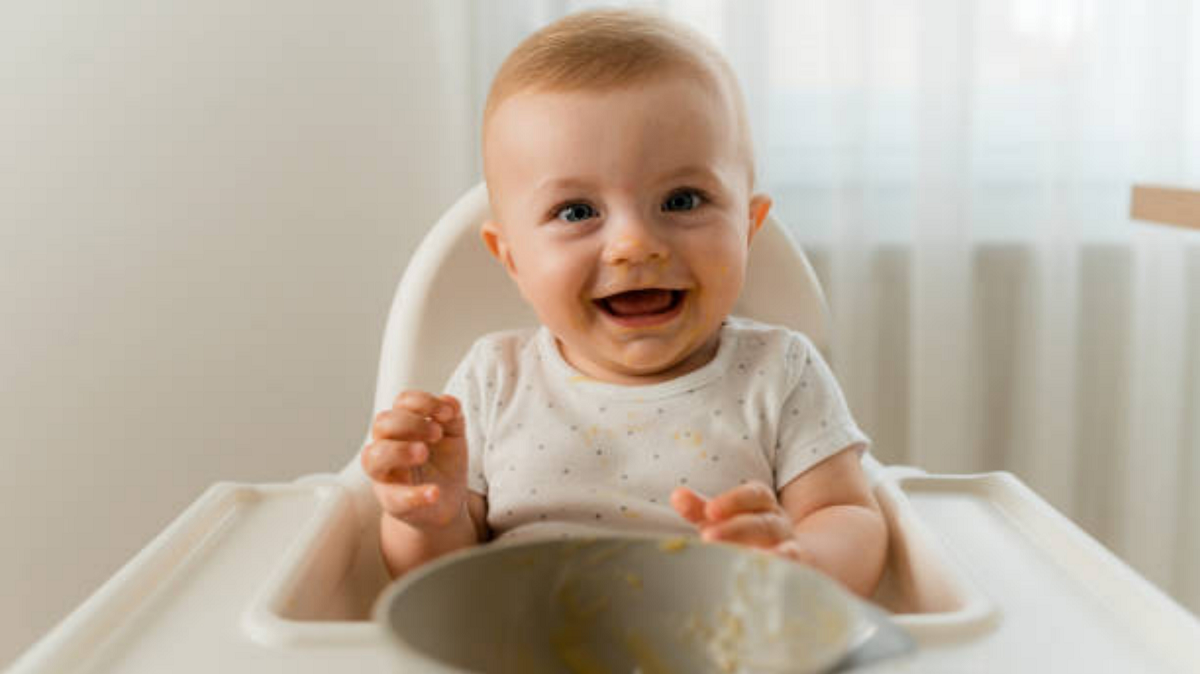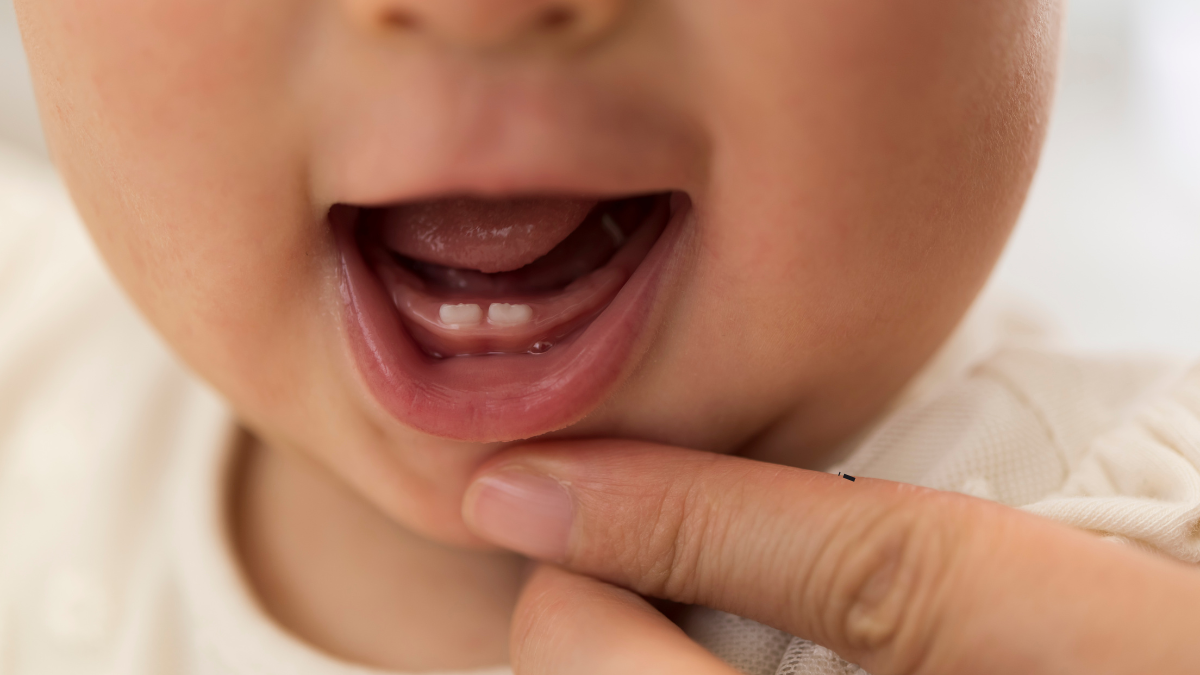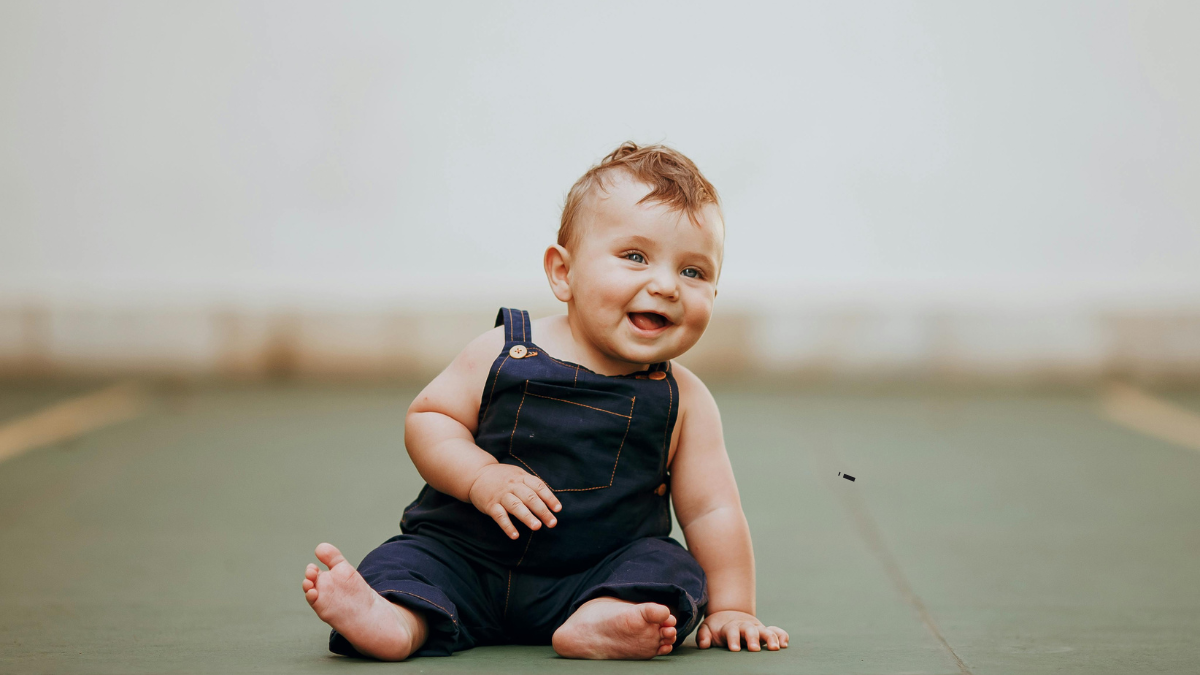What Will My Baby Look Like? Every parent asks themselves this question at some point. Which parent will their baby resemble?
Will the child have dimples or freckles? Curly or straight hair? Genes play the biggest part in determining a baby’s appearance. However, there are also more subtle influences that work quietly before birth and during the first few months of life.
Below, we’ve outlined seven of these lesser-known factors, explained in a kind and thoughtful way.

7 Subtle Things That Can Affect Your Baby’s Appearance
1. Nutrition During Pregnancy
The foods a mother eats during pregnancy provide nourishment for her baby and help shape their appearance. A rich diet with plenty of protein, vitamins, and minerals supports healthy skin, bones, and hair. For example, folic acid is vital for facial development, while iron supports blood flow and growth.
Conversely, a diet lacking in certain nutrients may have subtle visible effects. Deficiencies can affect skin tone, hair quality, or even the fullness of a baby’s cheeks. Babies born to mothers with strong, balanced diets are often more robust and rosy-cheeked. This is why doctors recommend prenatal vitamins and a wide variety of foods throughout pregnancy.
Related: What Your Baby’s Birth Weight Tells You
2. Stress and Sleep Levels of the Mother
Stress is an unexpected factor that can shape a baby’s look. A high-stress environment during pregnancy can alter blood flow to the baby and change hormone levels. These fluctuations may affect skin condition, hair growth, and even how “slender” or “full” a baby appears at birth.
Consistent, good-quality sleep also matters. When a mother is well rested, her body regulates growth hormones more effectively, helping the baby develop steadily. This can influence weight, skin tone, and head size. The differences are often small, but they contribute to how a newborn looks in those early months.
Related: 8 Natural Benefits of Breastfeeding for Mom and Baby
3. Birth Circumstances
The way a baby is born can leave temporary marks on their appearance. Babies delivered vaginally often have slightly misshapen heads due to pressure from the birth canal. This usually resolves within days or weeks as the skull bones settle.
By contrast, babies born by cesarean section often appear with rounder, smoother heads. Scratches, swelling, or redness are also common but fade quickly. These factors only affect a baby’s appearance in the short term, yet they can make a strong first impression.
4. Feeding Choices
Feeding methods can subtly shape appearance over time. Both breastfeeding and formula feeding nourish a baby well, but they affect growth patterns differently. Breastfed babies often develop slightly rounder cheeks and softer features due to differences in fat distribution.
Formula-fed babies may gain weight more evenly across the arms and legs. Hydration and skin condition can also vary: breast milk contains antibodies and nutrients that promote healthy skin and hair, sometimes giving breastfed babies a distinctive “glow.” Formula, when prepared carefully, still supports growth but doesn’t provide the exact same combination of protective compounds.
Related: How to Get Your Baby to Accept a Bottle
5. Environment and Climate
The surroundings a baby grows up in also make a difference. Babies in humid environments often have softer, well-hydrated skin, while those in colder or drier climates may show more flakiness or redness.
Moderate sunlight exposure helps with vitamin D production, which supports bone development and overall growth. Too much sunlight, however, can darken the skin or cause sensitivity. Indoor air quality matters as well: a baby raised in a dusty or smoky environment may develop different skin and hair conditions compared to one in a clean, fresh space.
6. Sleep Position and Habits
Babies spend much of their early months lying down, and sleep positions can subtly affect appearance. Babies who lie mostly on their backs may develop a flattened area on the head, known as positional plagiocephaly.
This is why parents are encouraged to include supervised “tummy time” each day. It strengthens muscles, encourages movement, and helps balance head shape. Even small differences in sleep position, how often a baby is carried upright, or how much time they spend moving around can contribute to appearance.
7. Genetics in Action
Genetics remain the strongest influence, but even they work in subtle ways. A baby may resemble one parent at birth, but many genes “switch on” or change expression over time. Eye color can darken in the first year as melanin develops. Hair that begins soft and straight may become curly or coarse as follicles mature.
In some families, two children with the same parents look strikingly different because of how genes combine. These changes remind us that appearance is never fully set at birth—it evolves with time and growth.
Seeing the Bigger Picture
Parents often worry that small details during pregnancy or daily care will shape their baby’s appearance in dramatic ways. In truth, most of these differences are minor. A child’s look comes from a mix of genetics and environment: the blueprint set in the womb and the world they are welcomed into.
These factors may influence skin tone, head shape, or hair texture, but babies change quickly. A newborn’s features at birth often look different six months later, and different again after one year. What matters most is not the shape of a nose or the fullness of cheeks, but the child’s health, comfort, and happiness.
Final Thoughts
A baby’s appearance results from many influences—nutrition, stress, birth circumstances, feeding choices, environment, habits, and genetics. None of these alone determines beauty or identity. Together, they create the unique child every parent sees and loves.
The differences may seem large at first glance—rounder cheeks, smoother skin, or a differently shaped head. Yet most even out with time. The real wonder lies in watching a baby grow, change, and gradually reveal the person they are becoming.
Save the pin for later




